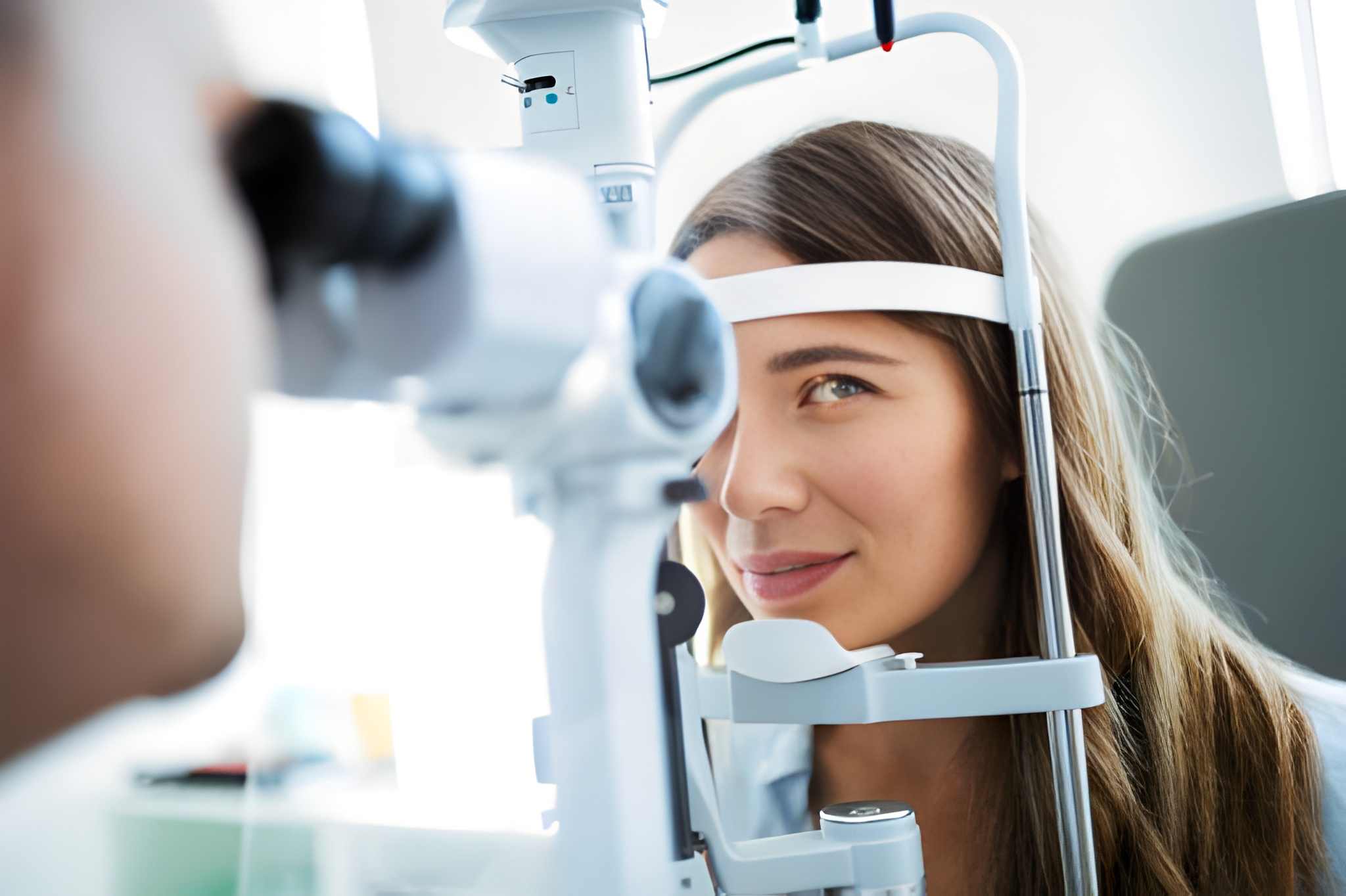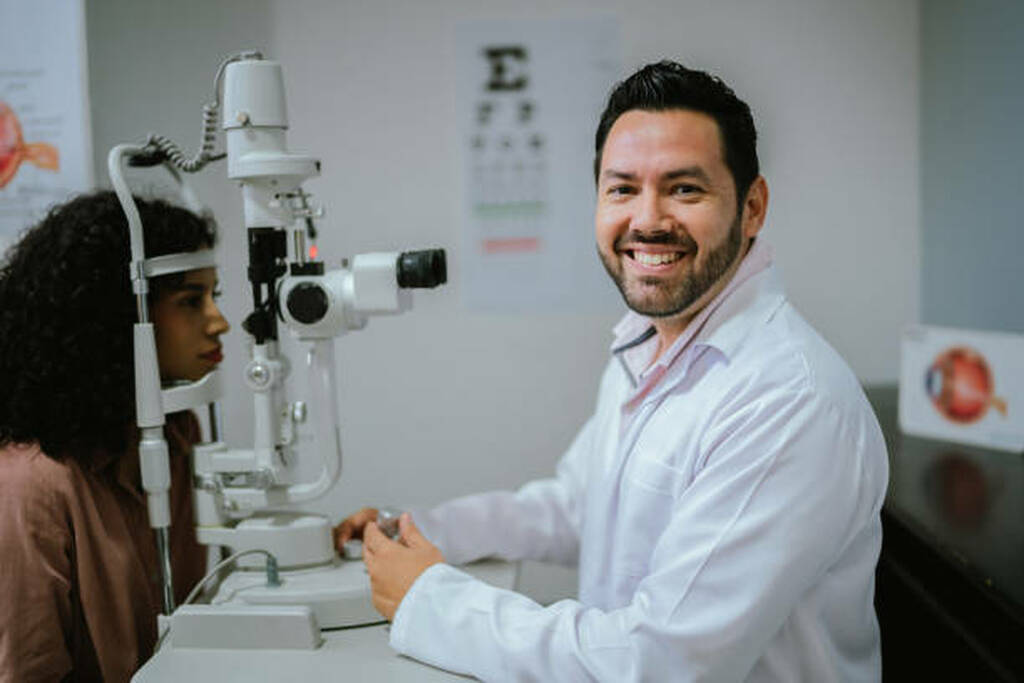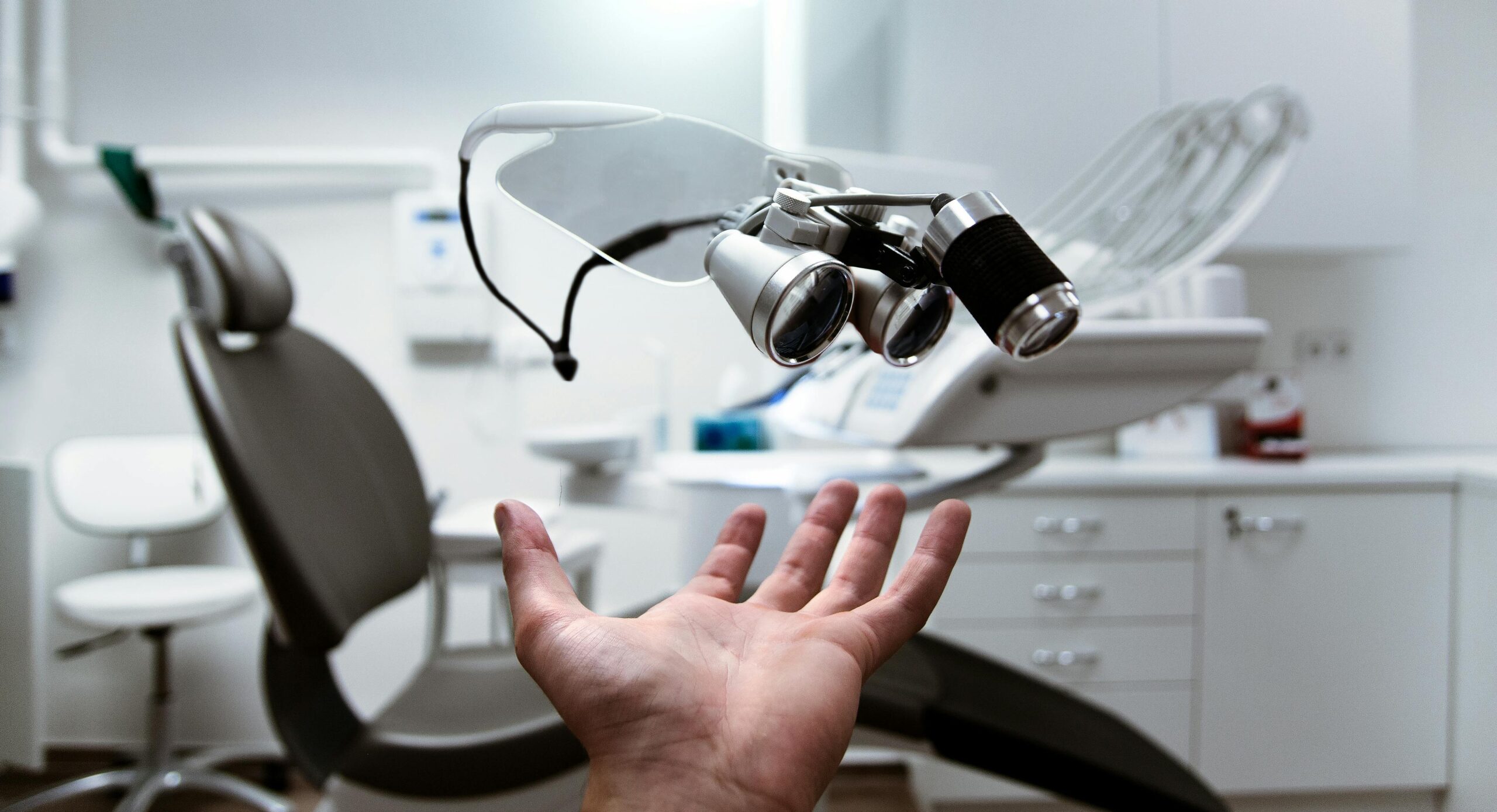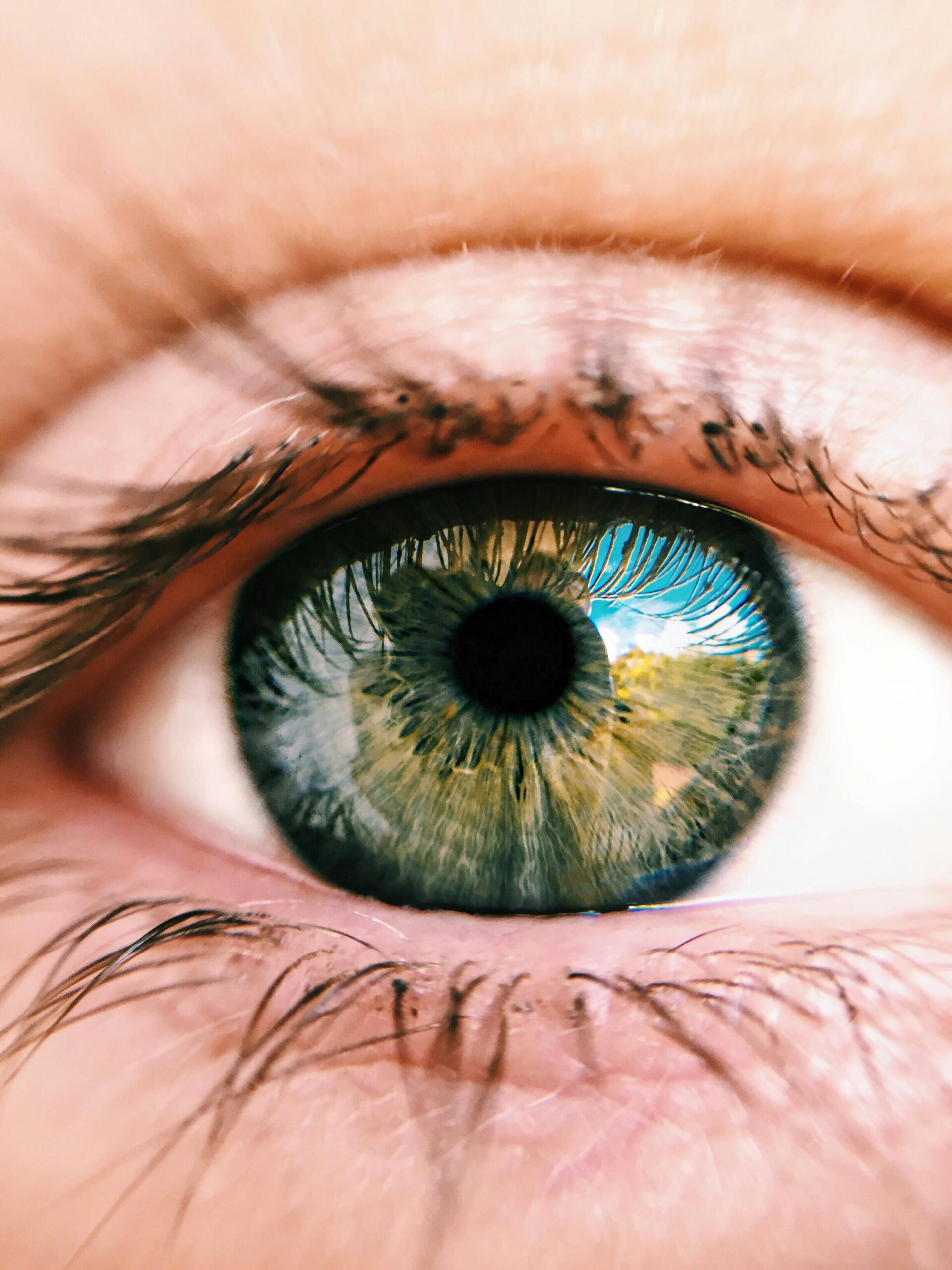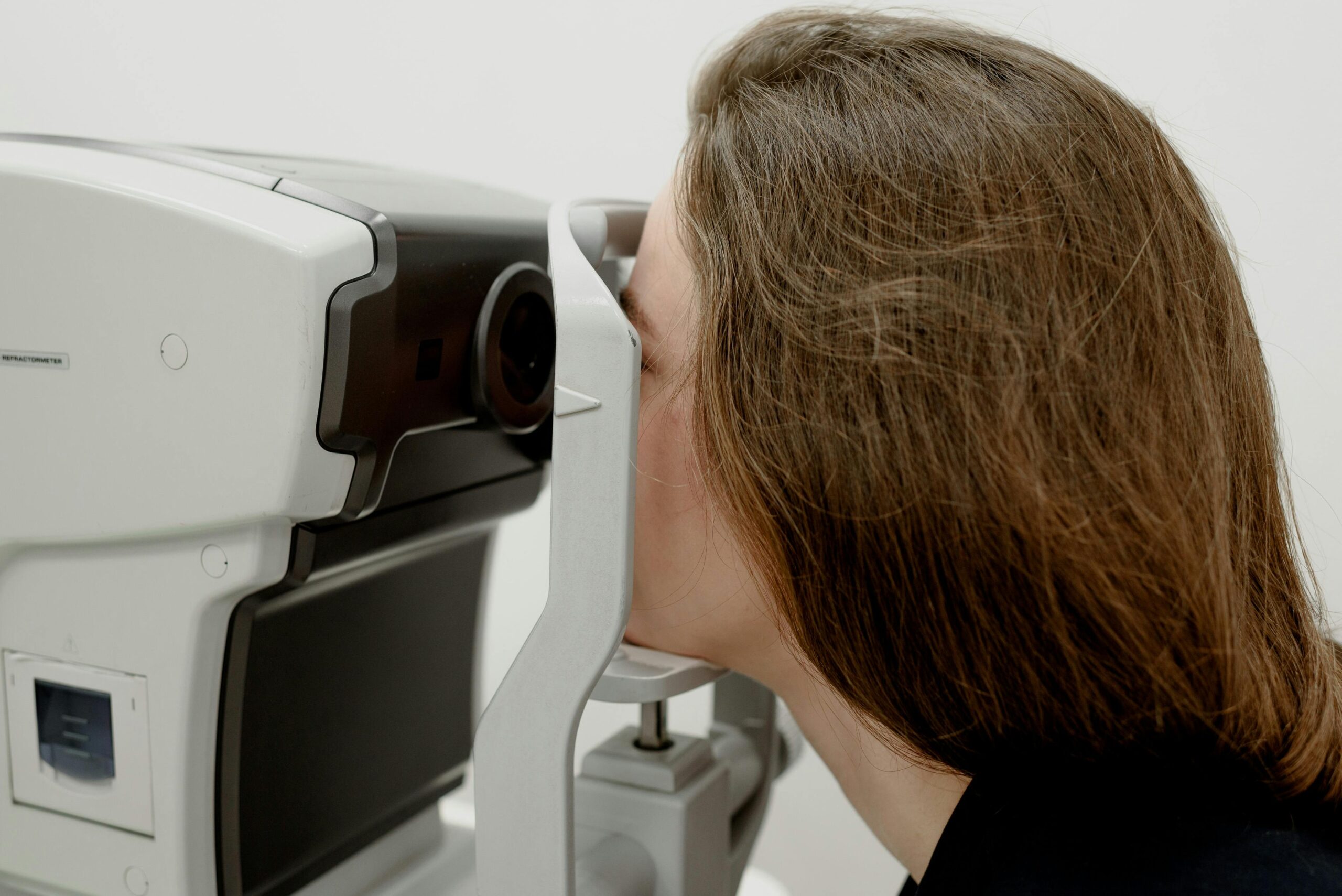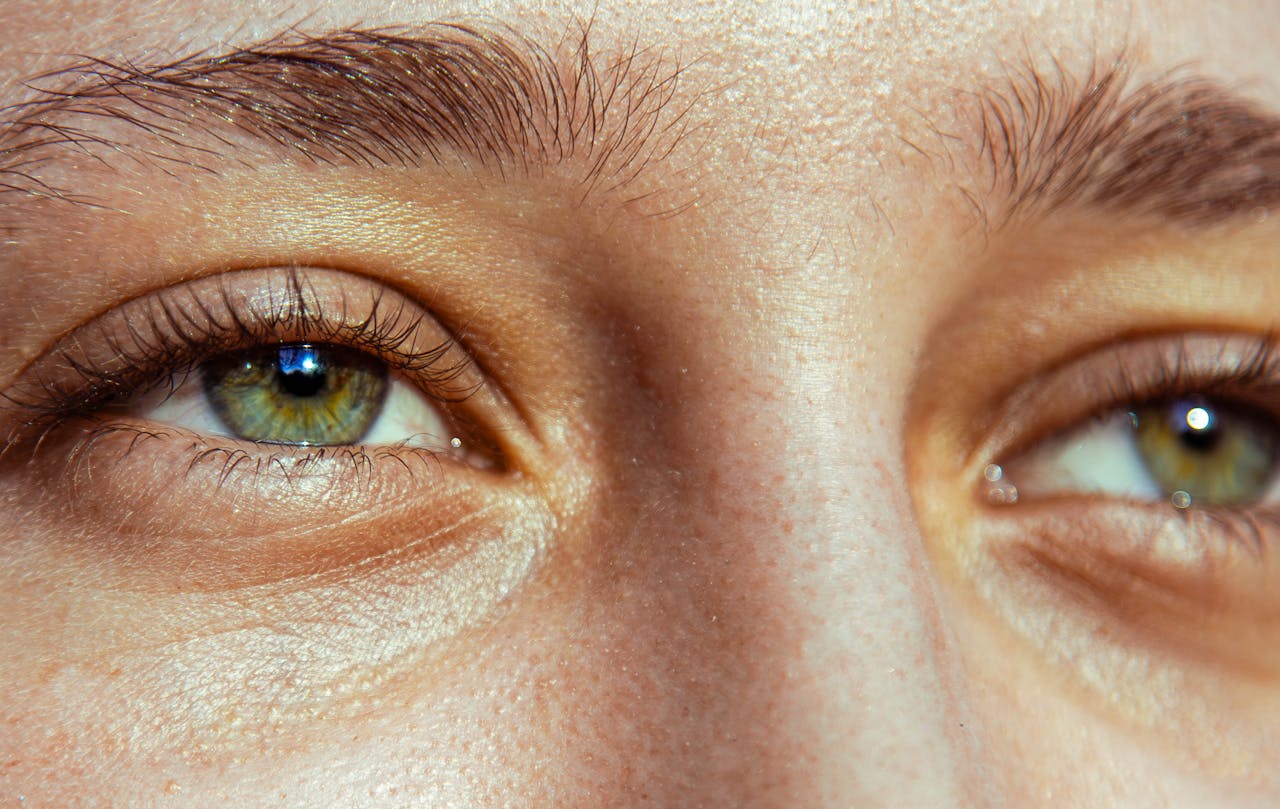Pain after blepharoplasty typically lasts for about 1 to 2 weeks, gradually diminishing as the healing process progresses. Most patients experience the most discomfort during the first few days after surgery, which can be managed with pain medications prescribed by the surgeon. After the initial phase, any residual discomfort usually subsides gradually.
Blepharoplasty, a cosmetic surgical procedure commonly referred to as eyelid surgery, aims to rejuvenate the appearance of the eyes by addressing excess skin, fat, and muscle tissue around the eyelids. While blepharoplasty is generally well-tolerated and can produce remarkable aesthetic improvements, many individuals considering the procedure are understandably concerned about the potential discomfort associated with the recovery process. In this article, we will delve into the duration of pain following blepharoplasty, explore the factors that influence post-operative discomfort, discuss effective pain management strategies, and provide practical tips for promoting healing and minimizing discomfort during the recovery period.
How Blepharoplasty Works?
Blepharoplasty is a surgical procedure designed to address various aesthetic concerns and functional issues affecting the eyelids and surrounding areas. It can involve the removal of excess skin, fat, and muscle tissue from the upper eyelids, lower eyelids, or both, depending on the patient’s unique needs and goals. Common reasons for undergoing blepharoplasty include:
Book Appointment With Eyelid Surgeon in Dubai
Drooping or Sagging Eyelids: Age-related changes in the skin’s elasticity and underlying support structures can cause the eyelids to appear droopy or saggy, giving the eyes a tired or aged appearance.
Puffy or Baggy Lower Eyelids: Excess fat deposits and laxity of the lower eyelid skin can result in puffiness, bags, or dark circles under the eyes, contributing to a tired or worn-out look.
Obstructed Vision: In severe cases, excess eyelid skin or fat can obstruct the visual field, impairing peripheral vision and causing functional limitations.
During the procedure, the surgeon carefully removes or repositions tissue to achieve a more youthful, refreshed appearance while preserving natural eyelid function and symmetry. Blepharoplasty can be performed as a standalone procedure or combined with other facial rejuvenation techniques, such as facelift surgery or brow lift, to achieve comprehensive facial rejuvenation.
Factors Influencing Post-Operative Pain
Several factors can influence the duration and intensity of pain experienced after blepharoplasty, including:
Surgical Technique
The specific surgical approach and techniques employed during blepharoplasty can impact post-operative discomfort. Traditional surgical methods may involve more extensive tissue dissection and manipulation, potentially resulting in greater post-operative pain compared to minimally invasive or laser-assisted techniques.
Individual Pain Sensitivity
Pain perception varies from person to person, influenced by factors such as genetics, previous surgical experiences, and overall pain tolerance. Some individuals may experience minimal discomfort following blepharoplasty, while others may have a higher sensitivity to pain and require more aggressive pain management strategies.
Extent of Surgery
The extent of tissue manipulation and the complexity of the surgical procedure can influence post-operative pain. Patients undergoing combined upper and lower blepharoplasty or additional facial rejuvenation procedures may experience more pronounced discomfort compared to those undergoing isolated eyelid surgery.
Anesthesia and Pain Management Protocols
The type of anesthesia administered during surgery, as well as the pain management protocols implemented during the immediate post-operative period, can affect the level of discomfort experienced by the patient. Local anesthesia with sedation or general anesthesia may be used depending on the patient’s medical history, preferences, and the surgeon’s recommendations.
Read More: Are Most People Happy With Eyelid Surgery?
It’s essential to discuss pain management options and expectations with your surgeon during the pre-operative consultation to ensure a comfortable and smooth recovery experience.
Immediate Post-Operative Period
During the immediate post-operative period following blepharoplasty, patients can expect to experience some degree of discomfort, swelling, bruising, and tightness around the eyes and eyelids. These symptoms are a normal part of the body’s natural healing response to surgery and typically subside gradually over the course of several days to weeks. While every patient’s experience may vary, it’s essential to follow your surgeon’s post-operative care instructions carefully to minimize discomfort and promote optimal healing. Common recommendations for managing pain and discomfort during the immediate post-operative period may include:
Take Prescribed Pain Medications
Your surgeon may prescribe pain medications, such as oral analgesics or mild narcotics, to alleviate discomfort and facilitate a smoother recovery. It’s essential to take these medications as directed and avoid skipping doses to ensure adequate pain relief.
Apply Cold Compresses
Applying cold compresses or ice packs to the eyes and eyelids can help reduce swelling, numb the area, and alleviate discomfort. Be sure to use a clean cloth or gel pack wrapped in a thin towel to avoid direct contact with the skin and prevent frostbite or injury.
Keep the Head Elevated
Maintaining an elevated head position while resting, sleeping, or reclining can help minimize swelling and promote fluid drainage from the surgical site. Use extra pillows or a wedge-shaped cushion to support the head and upper body, keeping the head elevated at a 30 to 45-degree angle.
Limit Physical Activity
Avoid strenuous activities, heavy lifting, and bending over during the immediate post operative period to prevent increased swelling, bleeding, or strain on the surgical incisions. Take frequent breaks, avoid excessive eye strain, and prioritize rest and relaxation to facilitate the healing process.
Use Prescribed Eye Drops
Your surgeon may prescribe medicated eye drops or ointments to keep the eyes moist, lubricated, and comfortable during the recovery period. Follow your surgeon’s instructions for administering eye drops, and avoid rubbing or touching the eyes to minimize irritation and infection risk.
By following these post-operative care instructions and practicing good self-care habits, you can help minimize pain and discomfort, promote healing, and achieve the best possible results from your blepharoplasty procedure.
Read More: Why Is My Vision Blurry After 2 Years of Cataract Surgery?
Duration of Pain After Blepharoplasty
One of the most common questions patients have about blepharoplasty recovery is how long pain and discomfort will last after surgery. While every patient’s experience may vary, the duration of pain after blepharoplasty typically follows a general timeline:
Immediate Post-Operative Period (Days 1-3):
Patients may experience the most significant discomfort and swelling during the first few days following blepharoplasty. Pain levels are typically managed with prescribed pain medications, cold compresses, and rest. Most patients find that pain and discomfort gradually decrease each day as swelling subsides and healing progresses.
Early Recovery Phase (Days 4-7):
By the end of the first week post-surgery, many patients experience a noticeable improvement in pain and discomfort levels. Swelling and bruising may still be present but are generally less severe than during the immediate post-operative period. Pain medications may be tapered off as needed, and patients can begin to resume light activities and return to work if they feel comfortable.
Intermediate Healing Phase (Weeks 2-4):
During the second to fourth weeks following blepharoplasty, most patients continue to experience gradual improvement in pain, swelling, and bruising. While some mild discomfort or tightness may persist, it is generally well-managed with over-the-counter pain relievers or nonsteroidal anti-inflammatory drugs (NSAIDs). Patients may gradually resume normal activities, exercise, and social engagements, although strenuous activities and heavy lifting should still be avoided to prevent complications.
Long-Term Recovery Phase (Months 1-3+):
By the end of the third month post-surgery, the majority of patients have completed the primary healing phase and experienced significant resolution of pain, swelling, and bruising. Any residual discomfort or tightness is usually minimal and well-tolerated, with continued improvement expected over the subsequent months. While individual recovery timelines may vary, most patients can enjoy the full benefits of their blepharoplasty results and return to their usual routine activities without significant restrictions.
It’s important to remember that pain tolerance, healing rates, and recovery experiences can vary widely among patients, so your individual recovery timeline may differ from others. Be sure to communicate openly with your surgeon about any concerns or questions you have during the recovery process, and attend all scheduled follow-up appointments to monitor your progress and ensure optimal healing.
Read More: Is Eyelid Surgery Safe?
Tips for Minimizing Pain and Promoting Healing
While some degree of pain and discomfort is inevitable during the recovery process following blepharoplasty, there are several steps you can take to minimize discomfort, promote healing, and support a smoother recovery:
Follow Post-Operative Care Instructions:
Adhere to your surgeon’s post-operative care instructions closely, including taking prescribed medications, using cold compresses, and attending follow-up appointments. Your surgeon’s guidance is essential for ensuring proper healing and minimizing the risk of complications.
Stay Hydrated and Eat a Healthy Diet:
Drink plenty of fluids, such as water, herbal tea, or clear soups, to stay hydrated and support the body’s healing process. Eat a nutritious, well-balanced diet rich in vitamins, minerals, and protein to promote tissue repair, reduce inflammation, and boost overall recovery.
Avoid Smoking and Alcohol:
Refrain from smoking and limit alcohol consumption during the recovery period, as these substances can impair circulation, delay healing, and increase the risk of complications such as infection or poor wound healing.
Protect the Eyes from Irritants:
Avoid rubbing, touching, or applying pressure to the eyes and eyelids during the recovery period to prevent irritation, infection, or disruption of the surgical incisions. Wear protective eyewear, such as sunglasses or safety glasses, outdoors to shield the eyes from UV radiation and environmental irritants.
Get Plenty of Rest:
Prioritize rest and relaxation during the immediate post-operative period to facilitate healing and minimize discomfort. Take short naps throughout the day, avoid strenuous activities, and get plenty of sleep at night to support the body’s natural recovery processes.
By incorporating these self-care practices into your daily routine and prioritizing your well-being during the recovery process, you can help minimize pain and discomfort, promote optimal healing, and achieve the best possible results from your blepharoplasty procedure.
Final Thoughts
In conclusion, while pain and discomfort are common side effects of blepharoplasty, they are typically temporary and manageable with proper care and pain management strategies. By understanding the factors influencing post-operative pain, following your surgeon’s post-operative care instructions closely, and practicing good self-care habits during the recovery process, you can minimize discomfort, promote healing, and enjoy the aesthetic benefits of your blepharoplasty results. Remember to communicate openly with your surgeon about any concerns or questions you have during the recovery process, and attend all scheduled follow-up appointments to monitor your progress and ensure optimal healing and satisfaction with your results.
Schedule a Consultation with Dr. Qasim Qasem, Expert in Blepharoplasty
Are you considering blepharoplasty to rejuvenate your appearance and enhance the beauty of your eyes? Trust your vision to the skilled hands of Dr. Qasim Qasem, a renowned Eye Doctor in Dubai specializing in eyelid surgery and facial rejuvenation procedures.
With years of experience and a commitment to excellence, Dr. Qasim Qasem combines surgical expertise with an artistic eye to deliver natural-looking results tailored to each patient’s unique needs and aesthetic goals. Whether you’re seeking upper eyelid surgery, lower eyelid surgery, or comprehensive eyelid and facial rejuvenation, Dr. Qasim Qasem offers personalized care and advanced techniques to help you achieve your desired outcome.




